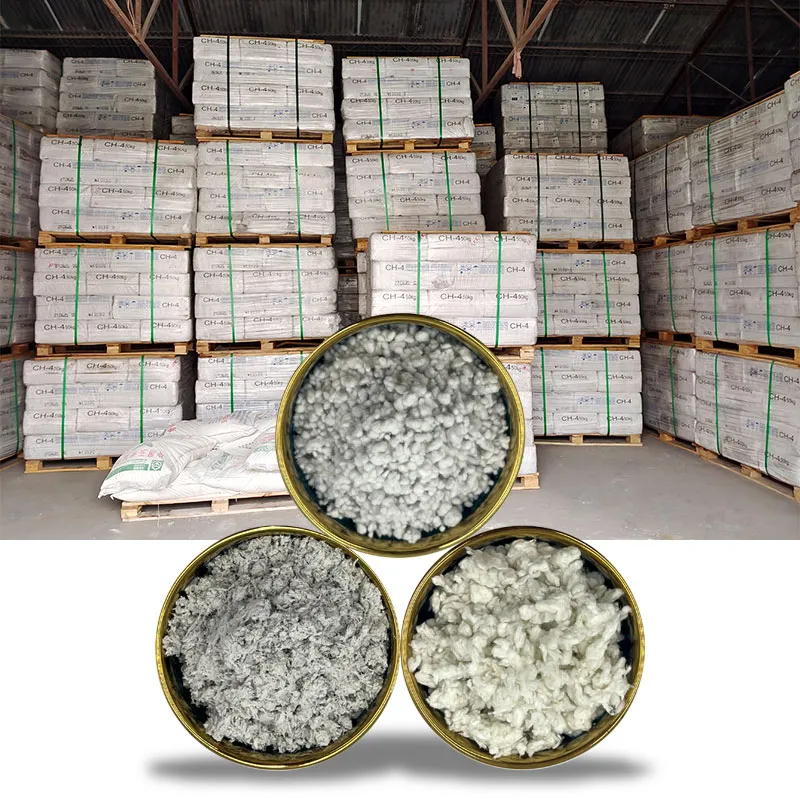Hezhen Highlighter long acting luminescent stone color luminous gravel fish tank landscape paving luminescent stone
2025.02.18
Diatomaceous earth, often abbreviated as DE, is a naturally occurring, soft, siliceous sedimentary rock that crumbles into a fine, white powder. This material is primarily composed of the fossilized remains of diatoms, a type of hard-shelled algae that has existed in various aquatic environments for millions of years. Despite its ancient origins, diatomaceous earth is not a relic of the past; rather, it holds significant relevance in modern applications, spanning industrial, health, and agricultural fields, among others.
The environmentally conscious distribution and use of diatomaceous earth underscore its importance in the sustainability movement. DE requires minimal processing and is abundant, making it a low-impact resource. Its use as a chemical-free alternative in various sectors aligns well with the growing consumer and regulatory push towards green and sustainable practices. Companies utilizing DE in their products often emphasize its organic and eco-friendly nature, which resonates strongly with today’s environmentally-aware consumers. In the context of modern hygiene and living environments, DE is revered for its role in safeguarding against unwanted pests while ensuring the safety of children and pets. Its non-toxic attribute enables its use in situations where traditional pesticides might pose a risk to human health or the ecosystem. This reassures homeowners seeking to maintain a clean and pest-free living space without resorting to potentially harmful chemical solutions. Furthermore, researching and selecting the appropriate grade of diatomaceous earth is crucial to harnessing its full potential safely. There are different varieties available, including food-grade, pool-grade, and industrial-grade, each tailored to specific applications. Food-grade diatomaceous earth, for instance, is safe for human consumption and is typically used in health and wellness routines, while pool-grade DE contains added chemicals and is strictly for filtration purposes. In conclusion, diatomaceous earth is not just an ancient substance, but a material of contemporary significance. Its myriad applications highlight its adaptability and effectiveness, positioning it as an indispensable tool across various industries. As the global push for sustainability and non-toxic solutions intensifies, diatomaceous earth's relevance and utility are set to grow, promising a future where consumers and industries alike can benefit from its natural and versatile properties.


The environmentally conscious distribution and use of diatomaceous earth underscore its importance in the sustainability movement. DE requires minimal processing and is abundant, making it a low-impact resource. Its use as a chemical-free alternative in various sectors aligns well with the growing consumer and regulatory push towards green and sustainable practices. Companies utilizing DE in their products often emphasize its organic and eco-friendly nature, which resonates strongly with today’s environmentally-aware consumers. In the context of modern hygiene and living environments, DE is revered for its role in safeguarding against unwanted pests while ensuring the safety of children and pets. Its non-toxic attribute enables its use in situations where traditional pesticides might pose a risk to human health or the ecosystem. This reassures homeowners seeking to maintain a clean and pest-free living space without resorting to potentially harmful chemical solutions. Furthermore, researching and selecting the appropriate grade of diatomaceous earth is crucial to harnessing its full potential safely. There are different varieties available, including food-grade, pool-grade, and industrial-grade, each tailored to specific applications. Food-grade diatomaceous earth, for instance, is safe for human consumption and is typically used in health and wellness routines, while pool-grade DE contains added chemicals and is strictly for filtration purposes. In conclusion, diatomaceous earth is not just an ancient substance, but a material of contemporary significance. Its myriad applications highlight its adaptability and effectiveness, positioning it as an indispensable tool across various industries. As the global push for sustainability and non-toxic solutions intensifies, diatomaceous earth's relevance and utility are set to grow, promising a future where consumers and industries alike can benefit from its natural and versatile properties.











